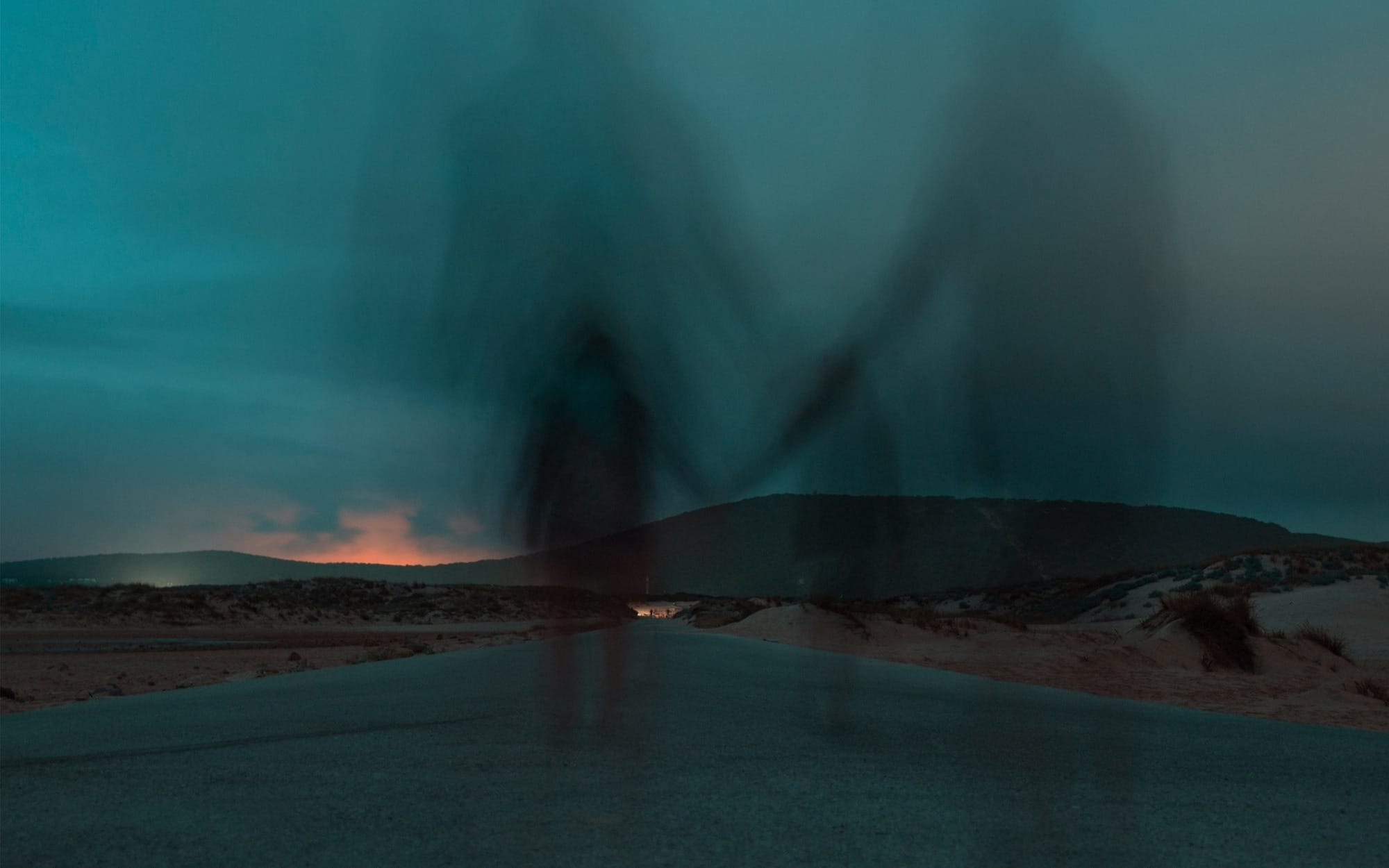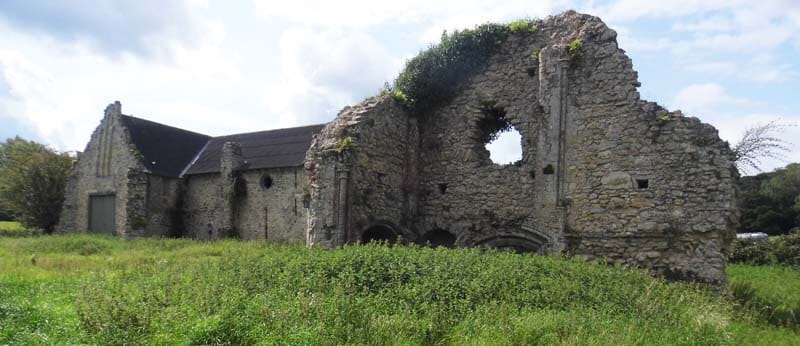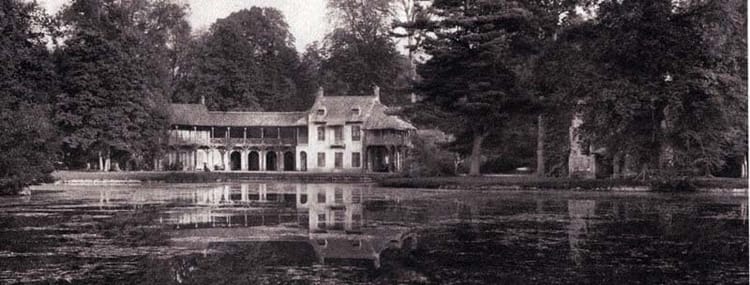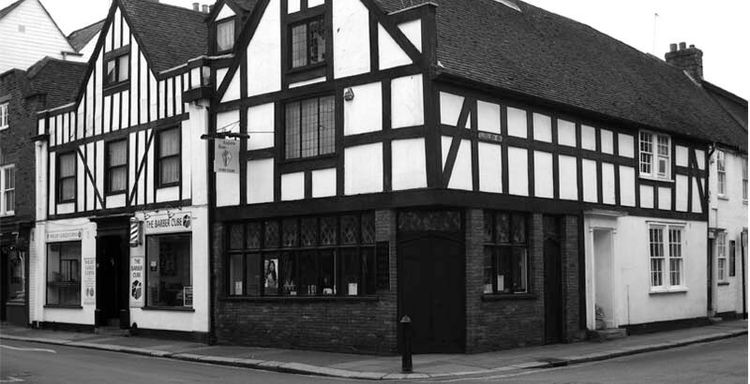Quarr Abbey. Ghosts of the Isle of Wight, with Margo Williams.

The White-Flowered Coffin
GHOSTS come in countless different shapes and sizes, as do the living, which is not really a coincidence if you care to think about it.
But there is another type of ghost, for which I have a description but not as yet an explanation.
There are theories though, one of which suggests some of us live on in the thoughts of others in ways we could never have expected, even when those others are de.d and buried.
Ghost-hunter T.C. Lethbridge came up with this idea to explain a ghostly encounter that happened to him. In 1959 T.C. found himself standing beneath a tree staring at an old mill when he noticed nearby a woman, and by the fashion of her clothes looked to be some 40 years behind the times.
The ghost-hunter watched carefully and when a few moments later the figure vanished he then made some enquiries, only to discover that no woman remotely resembling the one seen had been anywhere near the mill at the time.
“I had seen what is known as a ghost,” said he.
The encounter set him searching for an explanation, and he came up with an answer that made sense to him: T.C. reasoned that ghosts are the products of emotionally-charged moments captured within the atmosphere of a site; electromagnetic imprints that can replay to those who are sensitive or unlucky enough to see them.
Most modern theories of ghosts follow similar lines, describing them as atmospheric photographs.

Time Slips
Some in my experience do seem to be as T.C. described. I call these ‘time-slips’ but whether they are the result of someone else’s perception, I do not know.
One happens on the down-land near Niton, where a ghostly group of three ladies and two small girls appears, dressed in 1920s style. They seem to be busy looking for something.
Time-slips happen only occasionally and I can not make it happen at will. It just does. Generally I seem to be an invisible onlooker and for a few minutes in time I see and hear.
On another occasion in a field near Strawberry Lane not far from the megalithic Longstone at Mottistone, I saw two men duelling with swords. I stopped to watch them; heard the sound of metal clang as their swords parried, and their rasping breaths as they tired.
By their clothes I would identify them as from the 17th century.
Quarr Abbey Timeslip
Two of the most extraordinary of these time-slip events can be seen at the old Abbey of Quarr, on the north east of the island, and at Appuldurcombe house to the south; though what happens at Swainston Manor beats even both of those.
I visited the old abbey with my friend Jenny Gibbons. We decided to walk to the ruins, situated not far from the new one; on the way passed two monks clad in black habits.

LITTLE LEFT REMAINS to be seen of the original abbey, a few walls covered in lichen and ivy. Archaeological finds have surfaced at various times; a few coins and some other relics but not enough, say local historians and archaeologists, to throw much light upon the history of this abbey.
On that day as I walked with Jenny toward it, for a brief moment the old abbey came back to life. At first I heard the sound of chanting, unmistakably of monks. Jenny too heard this, yet there was no one around, no one but us to be seen.
A few yards further on I turned to see at that moment a procession of monks dressed in brown, slowly walking in pairs behind a coffin being carried on the shoulders of monks.
What seized my attention was the coffin, for it was completely covered in white flowers.
The procession then turned toward where the scant ruins now stand; the hedge we had looked over only minutes before was no longer there, it had vanished.
The ruined abbey, as far as I could see, was fully restored. I whispered to Jenny telling her what was happening.

ALAS. She did not see so clearly, but saw movement exactly where I saw the monks walking in procession behind the coffin. The vision vanished.
The Old Abbey Graveyard
Who lay in the coffin; what memorable event was recorded at Quarr that day?
Searching through archives in the local records office we came across the following account written in the 1600s by Sir John Oglander.
‘At my first coming to inhabit in this Island Anno 1607 I went to Quarr, and inquired of diverse old men where the great church stood. There was but one, Father Pennie, a very old man; he told me that it stood to the southward of all the ruins, corn then growing where it stood.
He told me that it had a fair churchyard, and that the wall to the northward of the outmost south wall was but the outmost bound of the churchyard.'
Sir John noted what he could of who was buried here, where and when.
'Goodly monuments in the great church certainly there were, but those of chief note was Baldwyne Rivors, the first founder; Cicelye, the second daughter of Edward the fourth, who married for her second husband one Kyme, an Isle of Wight gentleman, a very proper man.
She lived and died at East Standen, under St. George’s Down, and the Lord Abbot desired that they might have the honour to have her interred in their church, which was performed with all honour and state by the convent and gentry of the whole Island, who attended the corpse from Standen to Quarr, where the Lord Abbot preached at her funeral.’
The funeral cortege I saw was of someone important, that was certain, but was it for the abbey’s founder ‘Baldwyne Rivors’, or Baldwin de Redvers, Lord of the Isle of Wight?
Remembrance of the Dead
King Henry I had given the island to the de Redvers family so unconditionally the crown had almost no authority here.
Baldwin would probably have been the first big funeral event in the abbey but I did not feel the time-slip dated back quite so far, it didn’t feel that ‘old’.
I wondered if that funeral procession accompanied Princess Cecily. Although Sir John says she is buried here in Quarr, others say she was not; claiming she died on a trip to Herefordshire and interred there.
The fact there is no tomb here is thought to be proof she was not laid to rest in the Isle of Wight.
But there are no tombs of any kind left to be found at Quarr Abbey.
However, there is perhaps a clue to be found among its ghosts.

Princess Cecily
Princess Cecily was the second daughter of King Edward IV; born in March of 1469, in the palace of Westminster, she was sister to Elizabeth and Mary of York; her younger brothers were the two m.rdered ‘Princes in the Tower’.
In adult life she was first betrothed to James III of Scotland, though that did not happen. By lucky chance she avoided marriage to Richard III.
She did marry Thomas Scrope, only to have this annulled by new King Henry Tudor who considered marrying her for himself, but instead chose eldest sister Elizabeth. In 1487 the king arranged for her to marry his Lancastrian kinsman John Welles, but that ended with his death.
Three years later, as Sir John noted, she married Thomas Kyme of the Isle of Wight, a union which infuriated the king. He banished Cecily from the royal court and everything she owned, all but the dress in which she married, was confiscated; her children were excluded royal privileges.
Cecily came to live on the island with her husband at East Standen house, where she died, says Sir John, in 1507 aged only 38 years. However, without a tomb to confirm her burial at Quarr, Cecily’s fate in death remains a mystery.
It is impossible to say with certainty that what I saw was the funeral cortege of Princess Cecily of York.
In H.G. Wells’ book his time machine had a dial which indicated to which year he had arrived but there is no such device in a time-slip.
Of course during its long history many monks and abbots were buried in Quarr’s churchyard but how many, I wonder, received the decorative addition of white flowers: all or none perhaps?
Or maybe the white flowers were the clue provided by the ghosts of old Quarr Abbey? They were roses, the white rose of York.
Thank you for your company on this short tour of Isle of Wight mysteries and haunting. If you would like to know more about Margo Williams' investigations at Quarr and other rogues and royals, read this book. Now available from Amazon.





